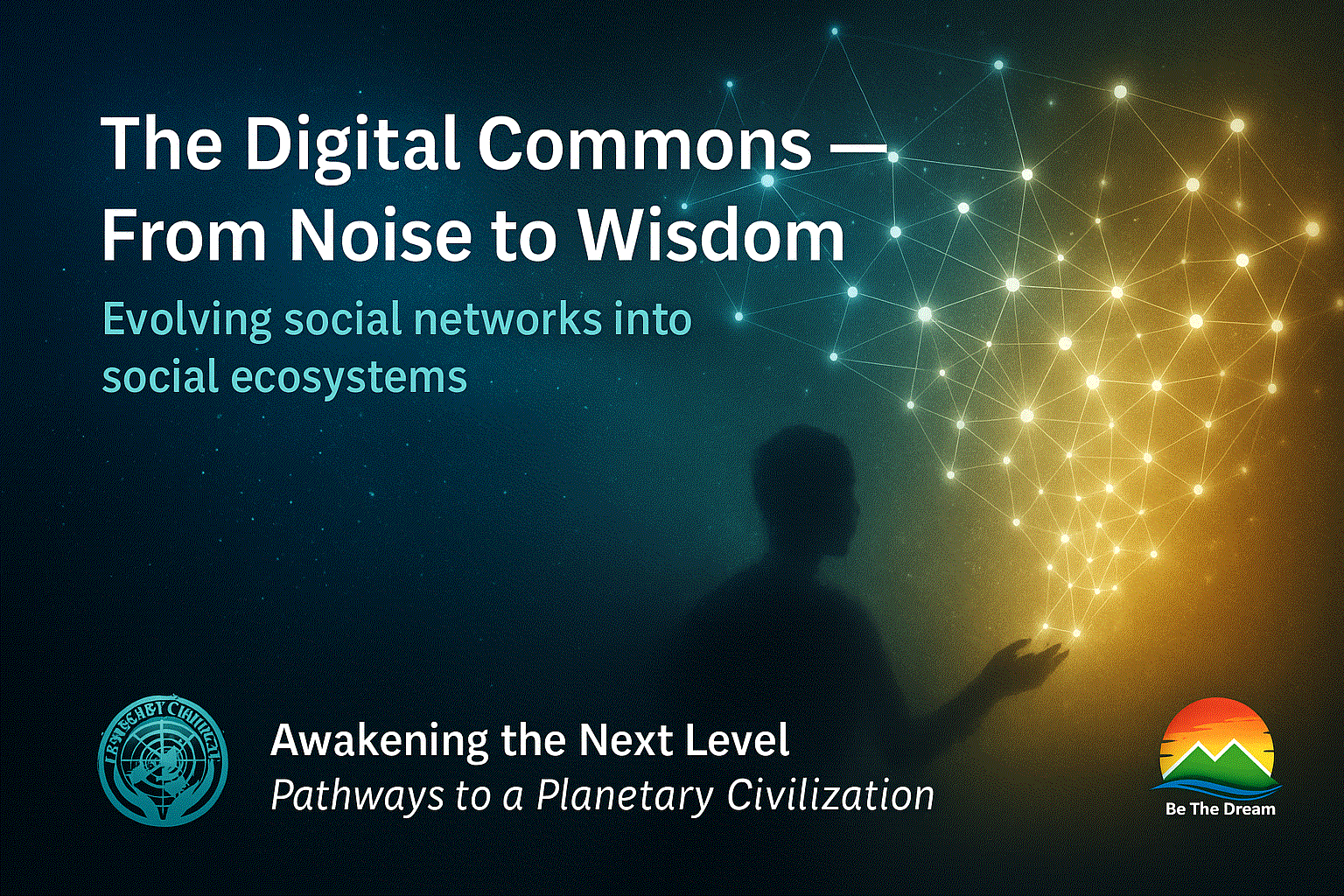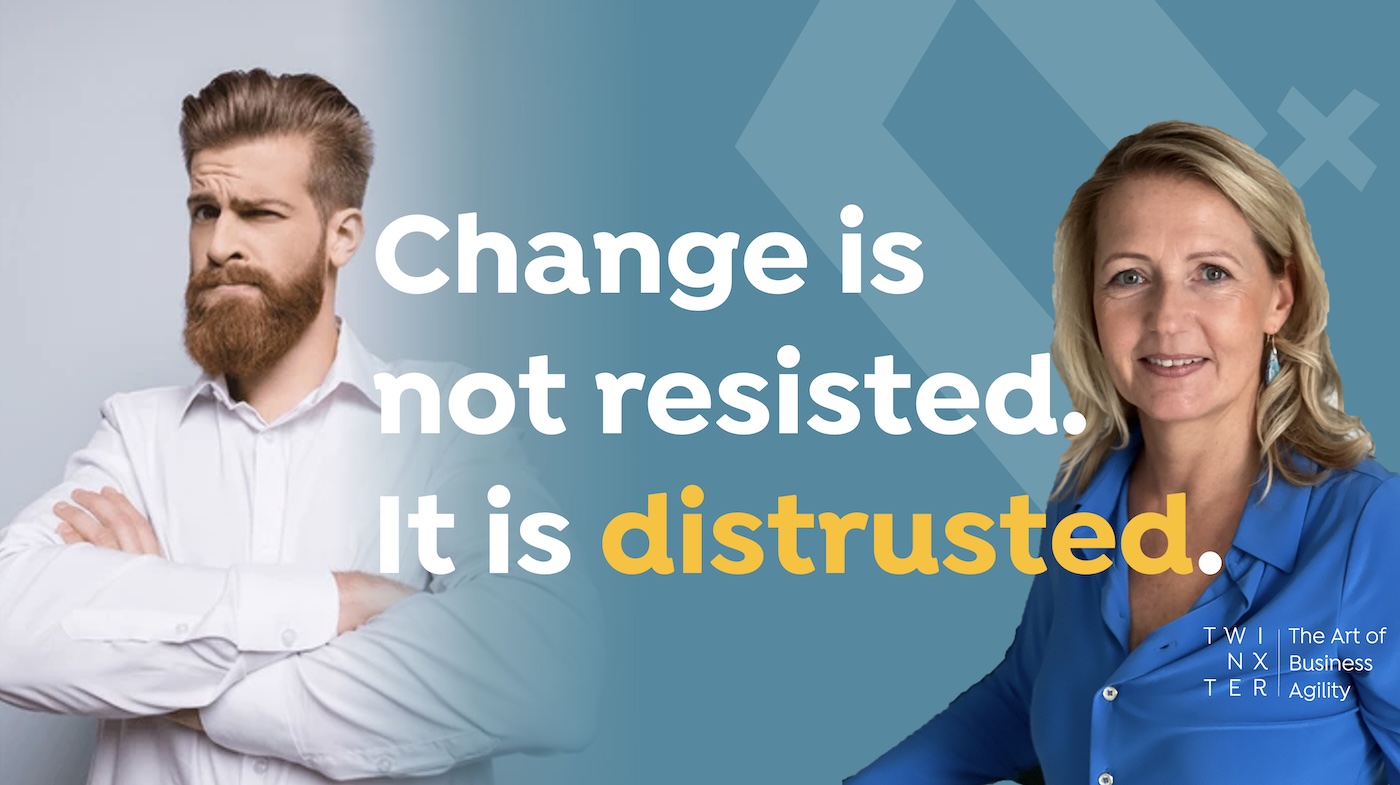Jun15

We live in a time where AI no longer operates in the background. It is now a front-facing force shaping visibility, credibility, and influence in digital systems.It determines who is seen, how influence is earned, and what becomes credible in digital space. And yet, most AI systems are designed with speed and scale in mind—not sovereignty, dignity, or consent.
As an executive advisor working across AI governance, leadership strategy, and ethical systems design, I’ve witnessed firsthand how trust is often treated as a marketing outcome rather than a systemic foundation. And how consent—arguably the cornerstone of ethical design—is reduced to buried settings and post-hoc permissions.
This piece is a redesign invitation written for leaders, system architects, product designers, and technologists who believe that governance is not just documentation—it is the design itself. That trust is not just declared—it is structured. And that visibility, in any intelligent system, must be governed with as much intentionality as the logic that drives its outputs.
If we are to move forward with responsible AI, we must reimagine three fundamental components: consent, visibility, and trust—not as philosophical abstractions, but as design principles embedded at the systems level.
AI systems don't just mirror reality—they model it. In the process, they replicate and entrench patterns that often go unquestioned: who is seen, who is heard, who is amplified. Visibility becomes less about contribution and more about algorithmic favor.
The architecture of amplification is not neutral. It is based on coded signals: who engages, who lingers, who clicks. But underneath it lies a more powerful truth: what is visible is what is valued.
Leaders must begin seeing visibility as infrastructure, not as proof of credibility. If we fail to question what makes someone or something visible in the first place, we risk reinforcing systems of exclusion masquerading as equity.
Moreover, platform architecture teaches participants how to behave. If visibility is earned through constant content, emotional provocation, or conformity to prevailing norms, then innovation, nuance, and challenge are deprioritized by design.
The question isn't just “who gets seen?” but rather: “what behaviors are rewarded through being seen?”
Once we understand how visibility is engineered, the next ethical fault line emerges: consent.
Consent has long been treated as a compliance checkbox. But in the AI age, consent is no longer a document. It is a system signal—and it must evolve into a dynamic relationship.
Modern AI systems ingest data in ways that were never explicitly agreed upon. Through behavioral tracking, passive data collection, API pipelines, and platform integrations, user inputs are converted into predictive engines. Often, these processes are legal—but profoundly unethical.
When systems treat consent as a one-time contract, they violate the adaptive nature of digital life. People's relationships with technology change, as do their expectations. Systems must adapt accordingly.
Without this, we move from intelligence to surveillance, and from optimization to manipulation.
Leaders today must think beyond compliance departments. They must become architects of digital trust.
These questions aren't simply operational—they are existential. Because organizations that don't lead with transparency will soon lose the legitimacy to lead at all.
Leadership must transition from permission to proceed into co-creation of principles. That’s how trust becomes infrastructure.
Trust is the most overused and underdefined word in technology today. But when you examine how systems behave, you learn that trust isn’t something you say—it’s something you structure.
There’s a difference between systems that collect data to understand and systems that collect data to control.
When trust is real, users know how they’re being evaluated. They know what data they’ve shared, and they know they can leave without losing access or dignity.
In a post-trust era, credibility must be earned not just through transparency but through coherence—between values, architecture, and experience. When a platform signals equity but its systems suppress dissent or over-amplify conformity, coherence breaks at the code level.
The future of AI ethics lies not in regulatory compliance alone, but in the design of dignity. We need infrastructures where consent is not only requested, but respected. Where visibility is not only granted, but governed. Where trust is not an abstraction, but a measurable alignment of system behavior and stated values.
Consent is no longer a checkbox. It is a living interface. Visibility is no longer neutral. It is algorithmic priority. Trust is no longer assumed. It is architected in real time.
To lead in this new reality is to build systems that don’t just function well—but behave wisely.
Mai ElFouly, PhD(c) is the Founder and CEO of MAIIA™ LLC, a strategic board advisor and AIQ Certified Responsible AI Executive. She works with boards, founders, and high-growth ventures to build leadership systems that scale intelligence with integrity. Her work bridges AI fluency, cultural coherence, and ethical system design across corporate and frontier environments.
By Mai ElFouly PhD(c), Chair™, CAIQ, CRAI, CEC, CEE, PCC
Keywords: Open Source, AI Ethics, AI Governance
 The Digital Commons — From Noise to Wisdom
The Digital Commons — From Noise to Wisdom Friday’s Change Reflection Quote - Leadership of Change - Change Leaders Harness Existing Dissatisfaction
Friday’s Change Reflection Quote - Leadership of Change - Change Leaders Harness Existing Dissatisfaction The Corix Partners Friday Reading List - November 7, 2025
The Corix Partners Friday Reading List - November 7, 2025 The Trust Deficit in Change Programmes
The Trust Deficit in Change Programmes Management of Portfolio complexity a key to Supply Chain responsiveness
Management of Portfolio complexity a key to Supply Chain responsiveness